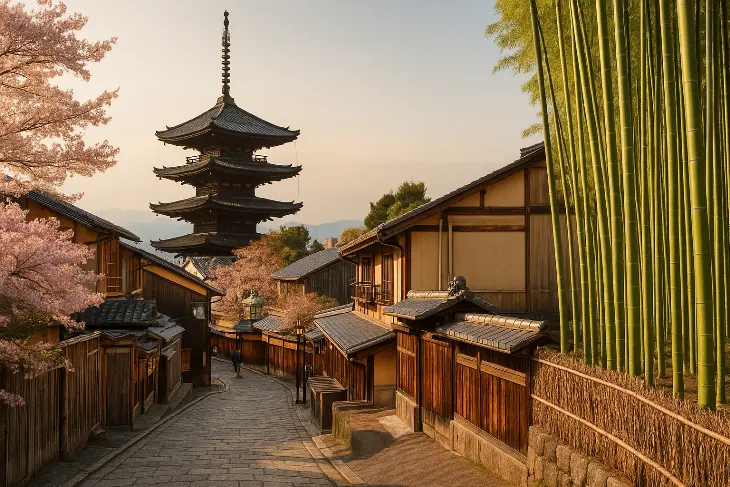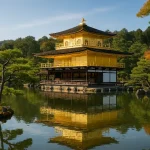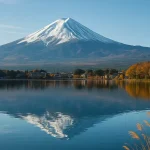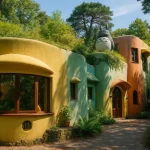Nestled in the heart of Japan, Kyoto is a city that feels like a living museum. With over a thousand years of history, this former imperial capital is packed with serene temples, zen gardens, geisha traditions, and centuries-old tea houses.
Whether you’re a first-time traveler or a seasoned Japanophile, exploring Kyoto offers a unique blend of ancient charm and modern comfort.
In this guide, we’ll take you through some of Kyoto’s most iconic sights – like Fushimi Inari Shrine, Arashiyama Bamboo Grove, and the Gion District – along with insider tips and cultural insights to help you get the most out of your visit.
Also Read
1. Fushimi Inari Shrine – A Path of a Thousand Gates
One of Kyoto’s most famous landmarks, Fushimi Inari Taisha is known for its thousands of vermillion torii gates that wind through the forest of Mount Inari.
This Shinto shrine is dedicated to Inari, the god of rice and prosperity, and has been a spiritual center since the 8th century.
Travel Tip:
- Go early in the morning or late in the evening to avoid the crowds and enjoy a peaceful hike through the gates.
- Wear comfortable shoes – the full trail takes about 2–3 hours if you want to reach the summit.
Don’t Miss:
- The fox statues (kitsune), considered messengers of Inari.
- Small side shrines and panoramic views of Kyoto from the mountain.
2. Arashiyama Bamboo Grove – Step Into a Dream
Imagine walking through a path flanked by towering bamboo stalks, with sunlight filtering through the green canopy above.
That’s the surreal experience waiting for you at the Arashiyama Bamboo Grove. It’s one of the most photogenic spots in Japan and an absolute must-visit.
Nearby Attractions:
- Tenryu-ji Temple, a UNESCO World Heritage Site with beautiful gardens.
- Iwatayama Monkey Park, where you can meet wild macaques and enjoy a panoramic city view.
Pro Tip:
- Visit early in the morning for the best light and fewer tourists.
- Rent a kimono nearby for a perfect photo op!
3. Gion District – Where Time Stands Still
If you want a glimpse into traditional Japanese culture, head to Gion, Kyoto’s famous geisha district.
With its narrow alleys, wooden machiya houses, and paper lanterns lighting up the night, Gion feels like it hasn’t changed in centuries.
What to Do:
- Stroll down Hanami-koji Street in the evening and you might catch a glimpse of a geiko (Kyoto’s version of a geisha) or maiko (apprentice).
- Watch a traditional tea ceremony or kyo-mai dance performance at the Gion Corner Theater.
Travel Tip:
- Be respectful – don’t chase or touch geisha for photos.
- Book a kaiseki dinner for an unforgettable fine dining experience.
4. Kinkaku-ji – The Golden Pavilion
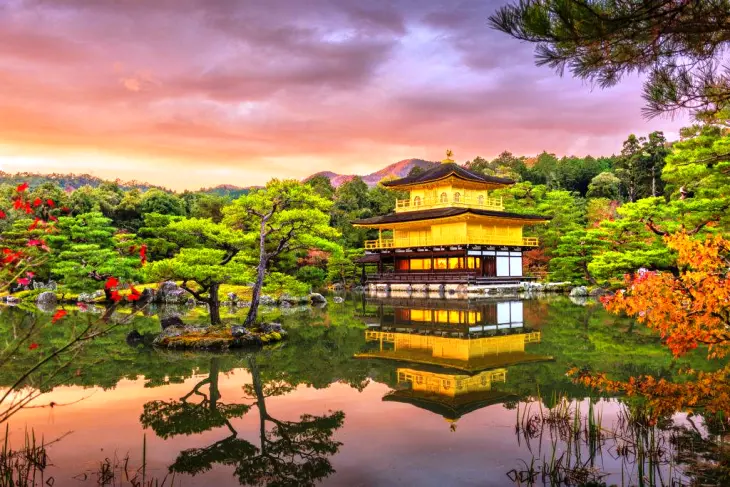
This dazzling temple, covered in real gold leaf, is one of the most iconic symbols of Kyoto. Officially known as Rokuon-ji, Kinkaku-ji sits beside a serene pond that perfectly mirrors the golden structure.
Quick Facts:
- Originally built as a retirement villa for a shogun.
- Reconstructed in 1955 after a fire, it still retains its original beauty.
Best Time to Visit:
- Autumn for fiery foliage.
- Winter if you’re lucky enough to see the temple dusted in snow.
5. Kyoto’s Traditional Tea Houses – Sip Like a Local
No visit to Kyoto is complete without experiencing a traditional tea ceremony. You’ll find centuries-old tea houses in districts like Gion, Higashiyama, and Uji – the latter being famous for its high-quality matcha.
Cultural Insight:
- The tea ceremony is not just about drinking tea—it’s a ritual rooted in Zen Buddhism.
- It emphasizes mindfulness, harmony, and respect.
Where to Try:
- Camellia Tea Ceremony in Higashiyama for English-friendly instruction.
- Tsujiri in Uji for matcha desserts and takeaway souvenirs.
6. Tips for Visiting Kyoto
To make the most of your journey through this enchanting city, here are some helpful travel tips:
Getting Around:
- Use the Kyoto City Bus Pass (¥700/day) to get around easily.
- The city is very walkable and bike-friendly, especially around Gion and Arashiyama.
When to Visit:
- Spring (March–April) for cherry blossoms.
- Autumn (October–November) for stunning fall colors.
- Avoid Golden Week (late April to early May) if you dislike crowds.
Cultural Etiquette:
- Take your shoes off when entering homes, temples, and some restaurants.
- Speak softly in public transport and be polite in all interactions.
Kyoto is more than just a travel destination – it’s a journey into the soul of Japan. From the spiritual silence of its shrines to the graceful movements of geisha in Gion, every moment in Kyoto is a glimpse into a culture that has been lovingly preserved through the centuries.
Whether you’re snapping a photo in Arashiyama or sipping matcha in a serene tea house, Kyoto invites you to slow down, breathe deeply, and embrace the beauty of tradition.
So pack your walking shoes, grab your camera, and get ready to fall in love with Japan’s ancient capital.


